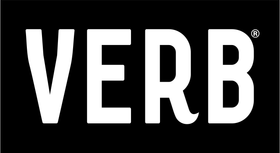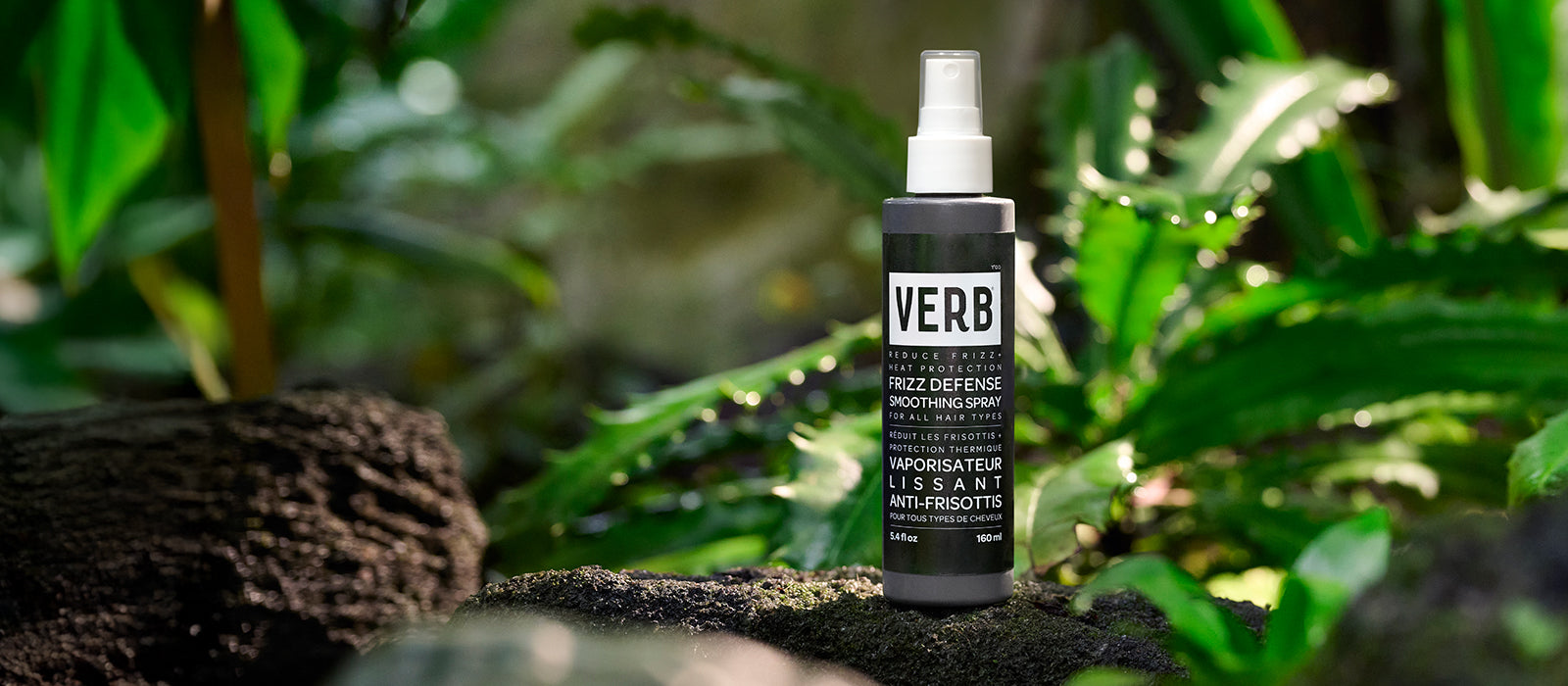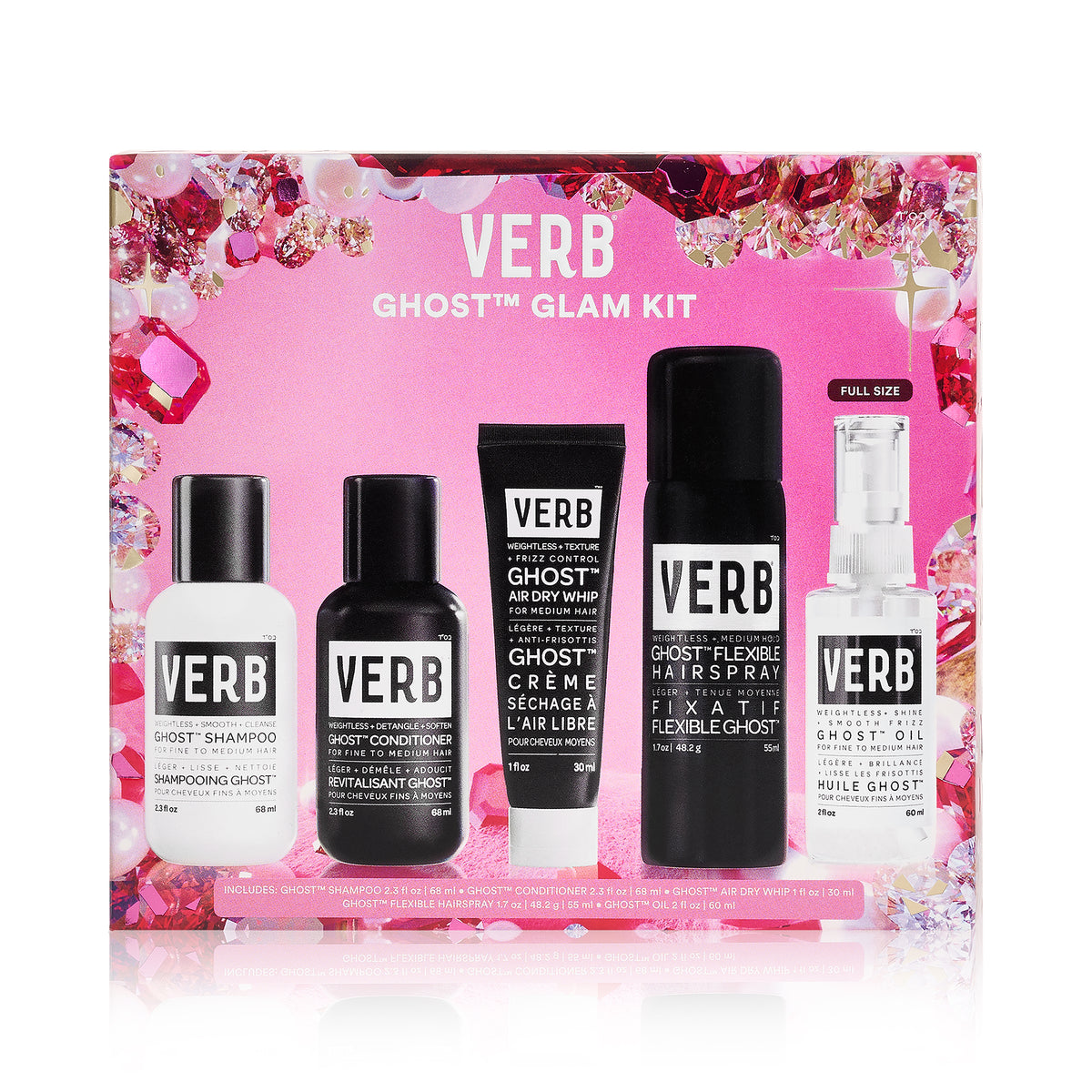To help you with this process, we’ve compiled everything you’ll need to know about how to go from brown to blonde hair including questions to consider, steps to take, and tips for care.
Should I go blonde?
Before we take a deep dive into the process of going from brown to blonde hair, make sure you’re committed to making the jump. As mentioned earlier, anyone can go blonde, but the process can vary in complexity depending on how many hair levels you’re attempting to move up. For some people, going blonde may only take a single session, but others may have to space out treatments over several months. You don’t want to get halfway through only to realize you don’t think the color is going to work out. To help you decide whether you should go blonde, put some extra thought into choosing the right shade and make sure the color suits you.
What shade of blonde should you choose?
There are a seemingly endless number of blonde shades, but which one is right for you? Changing your hair color too frequently can damage strands, so you can’t afford to sample shades like you would with lip colors.
To help pick the perfect shade of blonde on your first try, you can use your skin undertone as a cheat sheet to get an idea of how certain hair colors compliment you.
- Cool Undertones: Pale or pinkish skin undertones generally work well with lighter blonde colors like ash, platinum, champagne, or beige.
- Warm Undertones: Golden or peachy skin undertones favor warm blonde colors like honey, caramel, butterscotch, or strawberry.
If you have a neutral undertone, any shade of blonde will compliment your skin. Of course, you can also choose a shade that contrasts with your complexion to create a unique look. If you aren’t sure how to determine your undertone, check out our blonde hair colors guide for a few tests that you can do before looking at shades.
Steps to go from brown to blonde hair
Once you’ve decided to go blonde and picked a shade, it’s time to start the process. Check out these steps and tips to help with go blonde without hitting any road bumps.
1. Determine if you’ll dye your hair at home or go to a salon
An off-the-shelf dye will probably be far less expensive than a trip to the salon, so does it make sense to DIY your brunette to blonde hair transformation?
Box dyes may be fine for touch-ups or small transitions (one or two levels) but for anything beyond, you should work with a professional colorist. The problem with box dyes is that they typically use a more concentrated formula so they can be effective on anyone’s hair. By comparison, a colorist will tailor the dye to your unique needs such as hair type, hair level, and hair strength among other factors. Essentially, using box dye at home leaves more room for a color mishap, whereas working with a colorist at the salon helps ensure you’ll get the exact shade you desire. Plus, a colorist can also help you achieve more complex looks like highlights or a balayage.
2. Consider your hair history
Whether you’re dyeing your hair at home or working with a colorist at a salon, make sure to note if any of your current hair has ever been colored. If your hair has never been colored, you have what is known as “virgin hair,” which makes going from brown to blonde much easier. However, having even a few inches of previously-dyed hair can make it significantly more difficult to achieve a uniform shade. Additionally, consider your use of hot tools and any other treatments that can attribute to issues during the coloring process.
Going from brown to blonde strips hair of it’s color as it’s lifted which can be a damaging process, so it’s important to make sure your hair is healthy before the treatment. If you’re iffy about the current status of your hair before dyeing, talk with a colorist to see if it’s healhy enough or wait until it’s strong enough for the process.
3. Do a strand test
A strand test helps you determine which shade your hair naturally lifts to and how long it takes. Essentially, you lighten a small section of your hair to get an idea of what to expect and ensure you’ll get the results you’re going for. From a strand test, you should also get a better sense of how many sessions you’ll need to make the full transition. For example, going from dark brown to light blonde hair may require three to four sessions.

Source: Pinterest
4. Plan your calendar
Doing several coloring services one after another can be extremely stressful on your hair so plan accordingly to space out your sessions so you can reduce the strain on your strands. The general rule to only go two shades higher per session, so this process could take several months depending on degree of the changes and the condition of your hair. Healthy dark brown hair may only take 60 to 90 days to go blonde, but stylists may recommend 6 months to a year if the hair is damages or if you’re going to an extremely light shade of blonde like platinum.
If you’re making a significant color jump, talk with a colorist to determine an optimal schedule to safely make the transition. Give yourself plenty of time before any upcoming major events, just in case your colorist needs multiple sessions to help you achieve the perfect shade.
5. Reset your hair
Remove product build-up that can interfere with your color transformation and lead to spotty results. To give your hair a fresh start, use our 3-step Reset system to clarify the scalp, repair damage, and restore overworked hair to its most natural state.
To start, use the Reset Clarifying Shampoo to remove product build-up from the scalp and follicles. Next, use the Reset Repairing Mask to deliver intense hydration and nourish hair from the inside out. Finally, lock in the benefits by using the Reset Sealing Mist which leaves hair smooth, shiny, and protected as you get ready for your transition.
6. Touch-up as needed
To keep your color fresh, you’ll likely need to do touch-ups every six to eight weeks. Light blonde hair is especially porous, making it susceptible to environmental factors that will chip away at your new color. Additionally, the natural heat coming from your scalp can disproportionately speed up the developing process near your roots, leading to brassiness or uneven color. Overall, use touch-ups to prevent inconsistencies following your transformation from brown to blonde hair.
Give your new blonde hair extra care
After your transformation, keep your beautiful blonde hair brass-free by using Purple Mask and Purple Shampoo. First, the mask helps to cancel out yellow, brassy hues using purple tones that reside on the opposite spectrum of the color wheel. Next, the mask uses key ingredients such as pro-vitamin B5 to add shine, increase brightness, and enhance your new light color. Finally, the antioxidant-rich formula provides moisture to protect fragile strands and add softness. For an added boost, use a few pumps of Ghost Oil after rinsing to lock-in moisture and prep for styling.

purple hair mask
formulated to hydrate, soften and reduce brassiness in blonde, grey and silver hair tones
Have more questions about going from brunette to blonde hair? DM us on Instagram @verbproducts and we’ll answer all your hair care concerns.











